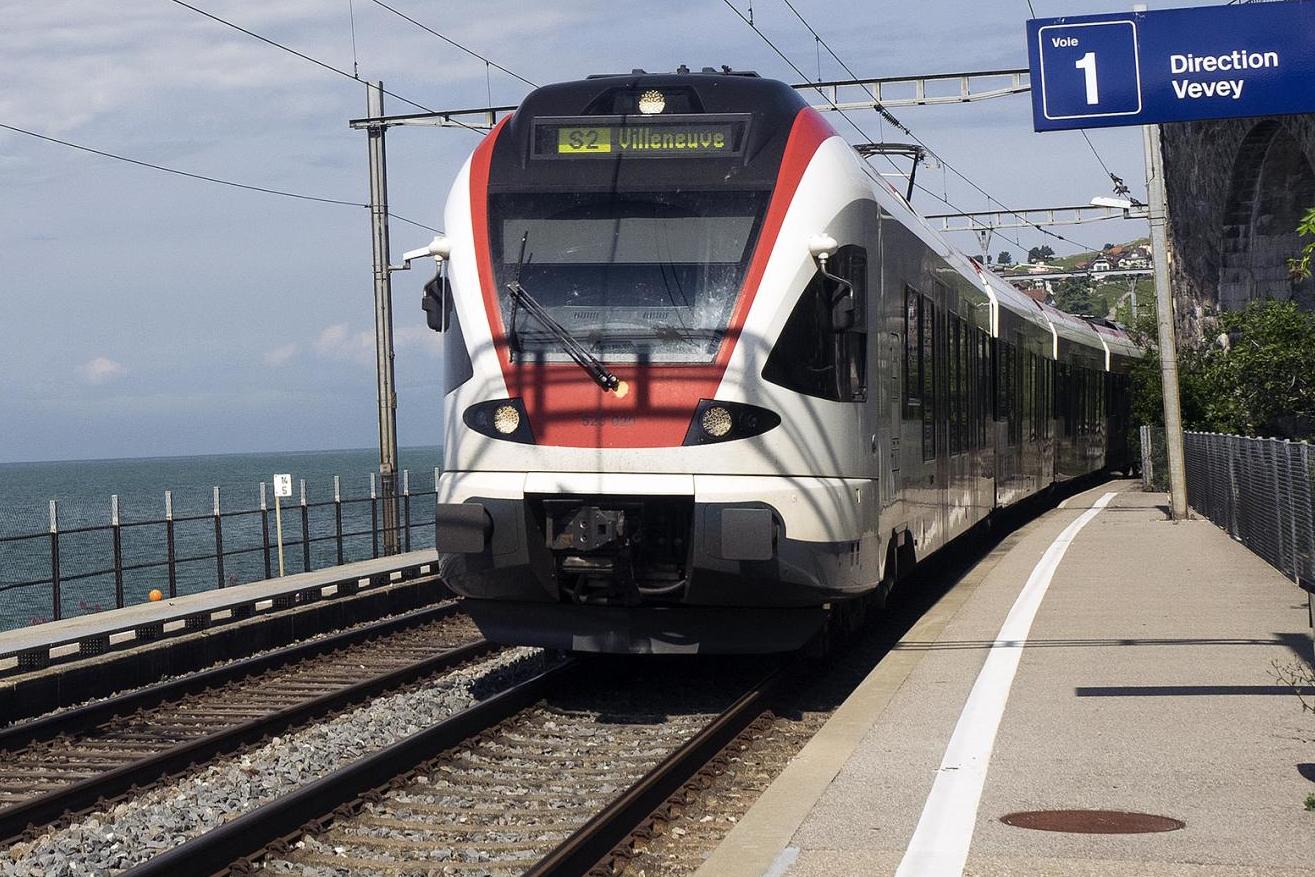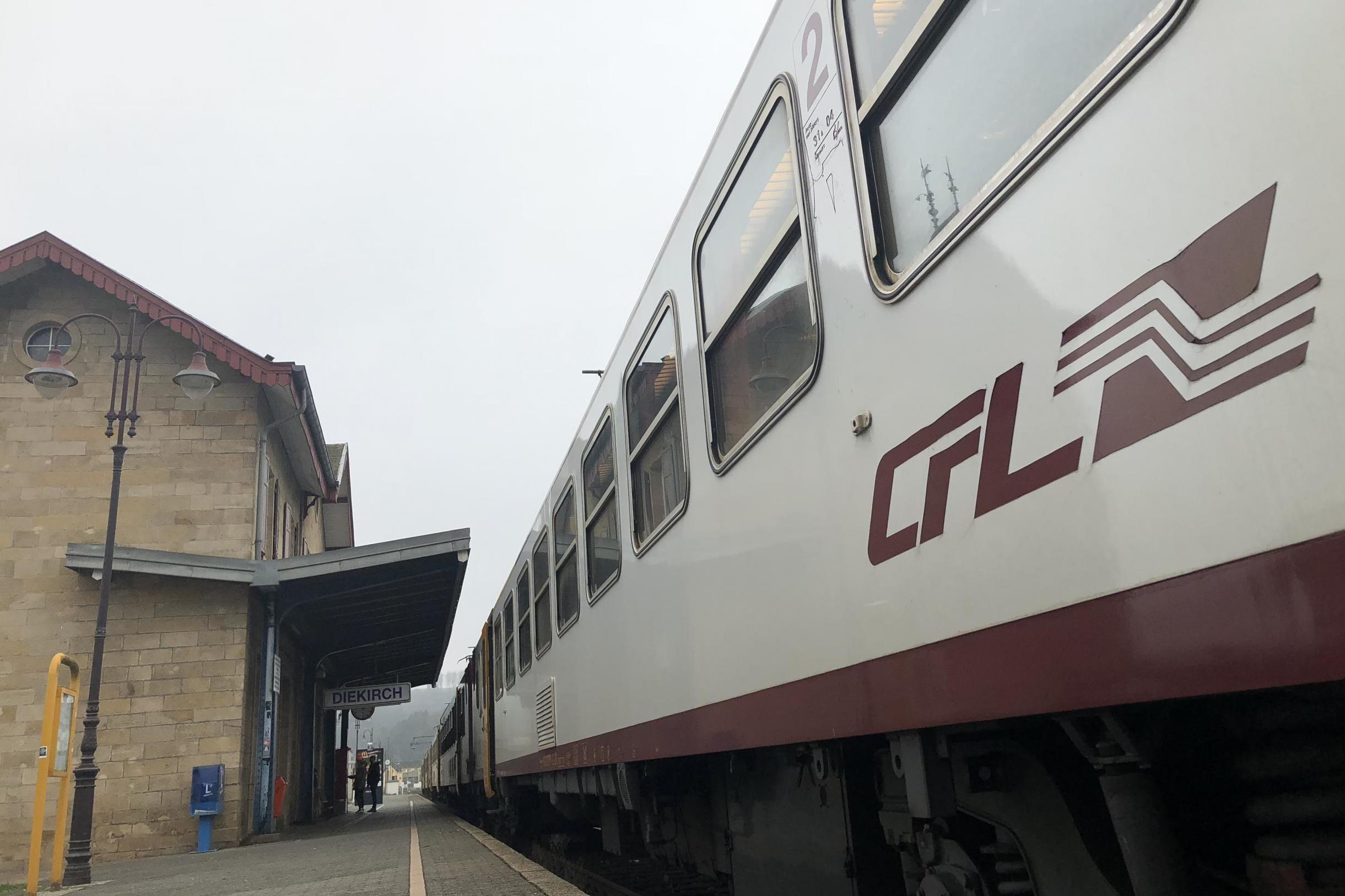The ultimate Interrail trip chosen by editors of Europe by Rail
Exclusive: The editors of Europe by Rail prescribe the ideal Interrail itinerary for 12 countries in a month

Your support helps us to tell the story
From reproductive rights to climate change to Big Tech, The Independent is on the ground when the story is developing. Whether it's investigating the financials of Elon Musk's pro-Trump PAC or producing our latest documentary, 'The A Word', which shines a light on the American women fighting for reproductive rights, we know how important it is to parse out the facts from the messaging.
At such a critical moment in US history, we need reporters on the ground. Your donation allows us to keep sending journalists to speak to both sides of the story.
The Independent is trusted by Americans across the entire political spectrum. And unlike many other quality news outlets, we choose not to lock Americans out of our reporting and analysis with paywalls. We believe quality journalism should be available to everyone, paid for by those who can afford it.
Your support makes all the difference.The concept of Interrail was launched in 1972: young people could buy, for £32, a one-month pass that allowed unlimited travel on many of Europe’s railways.
Nearly half a century on, the editors of Europe by Rail say that Interrail is better value than ever relative to average earnings.
For travellers between 12 and 27, the classic one month, second-class pass is £458; for those between 28 and 59, it is £596; and those 60 or over get a break with a discounted fare of £537.
So even for the top price, the rate per day (assuming you avoid February) is less than £20. But where should you roam to maximise the opportunity?
The editors of Europe by Rail, Nicky Gardner and Susanne Kries, have prepared for readers of The Independent an optimal itinerary through the Alps and central Europe – spending the bulk of the time in countries where there’s no need to pre-book trains and where Interrail passholders are not burdened with supplements.
”Head to Paris first,“ they urge. Interrail passengers can use Eurostar from London St Pancras for a payment of €30 (£26).
Cross the French capital with the pass: Interrail is valid on the RER beneath Paris to Gare de Lyon. Locate the adjacent Gare de Bercy and travel on via Dijon and Beaune to the French Jura.
It’s a canny idea, since if you use the fast-ish regional services (called TERs) through France rather than the super-fast TGVs there are no supplements and you can just hop on and ride.
The editors recommend aiming for Besançon, where the town-centre station is called Viotte: “A lovely small town in a loop of the very loopy River Doubs.” It is also the starting point for the backdoor cross-border route through the Jura to La-Chaux-de-Fonds in Switzerland.
”By Day 4, we’d be in the Lavaux vineyard region on the north shore of Lake Geneva,“ says Kries. It sounds like a good place to pause for two or three nights, before taking to the rails again.
”Other than at the start of a trip, we rarely take trains two days in a row, other than perhaps for very short local trips,“ explains Gardner.
From Lake Geneva, the duo suggest heading east through Liechtenstein; the principality does have a railway, stretching for six miles between Switzerland and Austria, and squeezing in four stations (but not the capital, Vaduz).
Then join the mountainous Arlberg route through the Austrian Tyrol, making time for a two-night stop in Innsbruck.
Travel on via Kitsbühel and Villach for a couple of days in Trieste, the gorgeous city at the head of the Adriatic where the Latin and Slavic worlds mingle. A dash of Habsburg flair adds something special to Trieste life.
Gardner and Kries then suggest taking the newly reinstated local train from Trieste to Ljubljana – a spectacular journey through barren limestone landscapes from Italy to the Slovenian capital – before making tracks north for Vienna – definitely worth a couple of nights.
Then onto Prague, before catching the Alex train (run by a private German operator, but Interrail is accepted) through the hills of western Bohemia into Bavaria. Regensburg on the Danube is a good choice for an overnight stop.
”From there we’d work our way west through Franconia to the Rhine Valley, which we would follow north (downstream) through the celebrated Rhine Gorge to Koblenz,“ says Gardner.
They recommend then following the Moselle Railway upstream beside the river to Trier and Luxembourg, for a last night on the continent.
(People who want to travel completely free around an entire country should wait for next March, when Luxembourg abolishes all transport fares apart from first-class rail. Gardner and Kries will be on board on 1 March 2020.)
For the final full day of rail travel they suggest cutting through Belgium (”the Luxembourg to Liège railway is an unsung gem,“ says Kries) to reach the Dutch coast.

From the Netherlands there is a choice of three overnight ferries to England: from Ijmuiden to Newcastle or Rotterdam to Hull and from Hook of Holland to Harwich; the Interrail pass confers a 30 per cent on the crossing to Essex.
A dozen countries in 31 days may sound a bit of a dash, but the entire route can be accomplished in 17 travel days, with daily travel times ranging from four to seven hours.
All the routes mentioned are covered in the new 16th edition of 'Europe by Rail: The Definitive Guide’ (£16.99)
Join our commenting forum
Join thought-provoking conversations, follow other Independent readers and see their replies
Comments